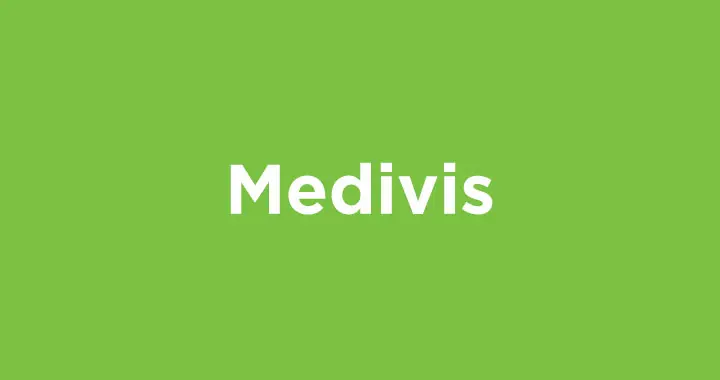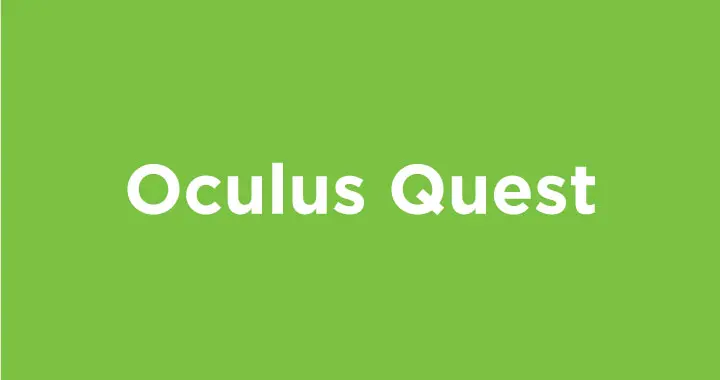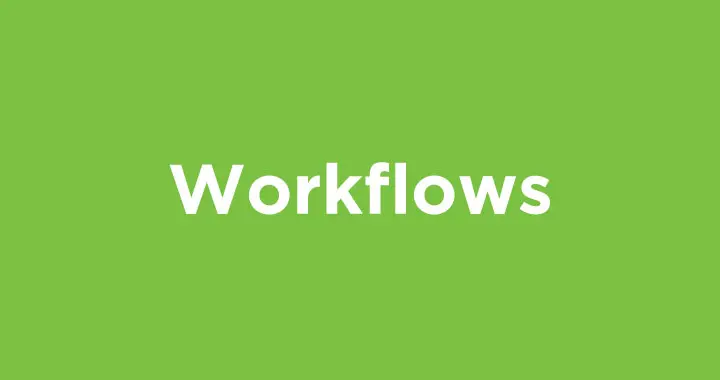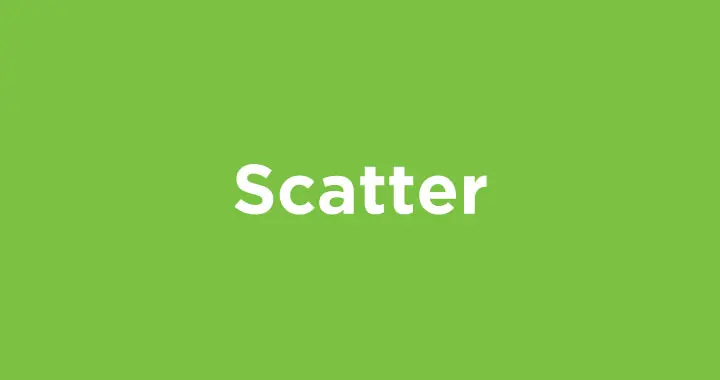Professional Certificate in AR/VR Development and 3D Graphics
Explore financing options available for this program.
Learn More
Who Should Attend
This comprehensive program is designed for professionals or students with a computer science degree or equivalent development background who want to learn XR essentials and fundamentals to build AR and VR experiences in Unity. It is also geared toward technical artists, who have created art in a tool like Maya but want to start making their own games and create animations and riggers. Participants in this program will have a foundational understanding of mathematics (i.e., Algebra I, at a minimum) and scripting language experience, so they can advance to the next level and sharpen their scripting skills to create, navigate, and customize 3D graphic assets to construct interactive, virtual environments.
It is ideal for:
Software Developers/Engineers looking to understand the working fundamentals of XR development using Unity (and the C# interactions that apply to it), learn how to create AR/VR prototypes, and develop the skills to build their career in XR.
UX/AR/VR/XR Developers seeking to gain a deeper understanding of XR technologies and how to use them, learn how to create a complete XR project pitch for their clients, and expand their technical knowledge of virtual reality development.
Game Developers who want to understand the game design principles that guide XR, gain mastery of the Unity editor and build end-to-end XR solutions for client organizations, learn how to construct a VR environment, and understand the functioning of computer graphics.
Creative Developers/Technologists seeking to understand what enhances the front-end user experience (and the tools to implement it), learn how to edit and optimize 3D assets, develop an understanding of the mathematics applications needed to create and customize 3D experiences as well as the ability to produce functional prototypes.
3D Artists with prior knowledge of scripting and coding, who want to move into technical artistry and develop an understanding of how a game engine converts raw art assets into optimized, game-ready assets.
Aspiring Technical Artists working in large project development teams who serve as the integration point between artists who make the models, animation, textures, etc. and the development team who write the code for game play.
Key Takeaways
Build foundational skills and knowledge to develop XR experiences within Unity
Apply C# programming to customize Unity components
Apply AR and VR concepts and 3D graphics programming to develop XR applications
Understand the roles, interactions, and workflows within the XR development ecosystem
Apply 3D mathematical foundations to game engine development
Construct an interactive virtual environment
Utilize rendering pipelines to achieve realistic effects within a virtual environment
Create a portfolio with a variety of digital samples, including a final project that features a prototype, pitch, and documentation
Program Topics
The seven-month program is divided into five sections that explore the foundations of XR, 3D math and Unity development, construction of virtual environments, and high definition XR. It culminates in a project development phase and capstone project.
Capstone Project
For your capstone project, you will take an idea from pitch to prototype to presentation. While your project will be unique to your interests and professional needs, it will incorporate essential elements, skills, and principles of XR design and development.
Program Experience

Video Lectures

Assignments

Discussions

Real-World Tools & Technology

Capstone Project

Career Support & Mentoring

Dedicated Program Support Team

Mobile Learning App
Career Preparation and Guidance
Stepping into a career in XR development requires both hard and soft skills. The Professional Certificate in AR/VR Development and 3D Graphics program offers guidance for navigating a career path in XR development, including:
One-on-one and small group mentoring with industry experts
Best practices for developing and presenting technical content to lay non-technical audiences
Guidance in preparing and delivering a portfolio-ready final project
Support in navigating technical interviews and take-home challenges
Career coaching for resume building, presentation skills, interview preparation, and negotiation skills
These services are provided by Emeritus, our learning collaborator for this program. Our program support team includes course leaders to help you reach your learning goals. It is our primary goal to give you the skills needed to be prepared for a job in this field; however we do not guarantee job placement.
Faculty

Senior Software Engineer, Scatter
Michael Allison is an XR developer and enthusiast hailing from the world of creative technology. After receiving his master’s degree in interactive telecommunications from NYU...

Co-Founder and Lead Developer, Unseen Media
Alexandros Lotsos is a Brooklyn-based creative technologist and STEAM educator with a background in mathematics, philosophy, and digital media. He is a co-founder and XR devel...

Creative Technology Lead and Spatial Computing Consultant, (IDEO, Havas, Google, Microsoft)
Rui P.G. Pereira is a Creative (and) Technologist passionate about (dis)embedding technology in people's lives to make them better and happier. Previously, Rui worked at Googl...

Lead Creative Technologist, Luxury Escapism, Creator, Cosmic Sugar
David Lobser is a designer, animator and XR developer. His VR work includes multi-user, location-based experiences such as Flock, developed at NYU’s Future Reality Lab. He tau...
Guest Speaker

Full-stack AR/VR Engineer, Medivis
Wenbo Lan is a full-stack AR/VR engineer for Medivis, and its SurgicalAR platform, which is one of the only XR applications that has FDA clearance for clinical use in the U.S....
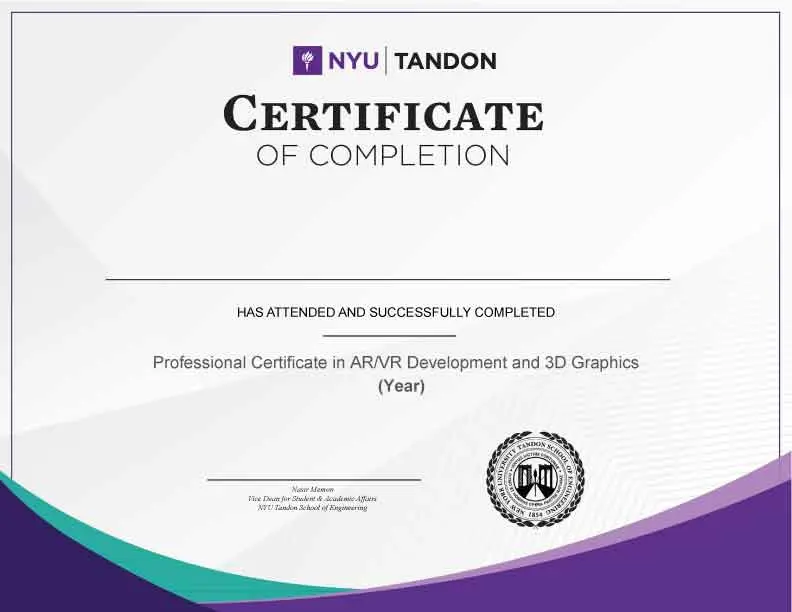
Certificate
Upon successful completion of the program, participants will be awarded a verified digital certificate by NYU Tandon.
FAQs
Financing Options
We offer flexible and transparent payment option through our partner—Climb Credit
US Residents (Deferred payment option available)
Climb CreditImmediate repayment, interest-only repayment, and deferred payment options available. Click here to know more.
Flexible Financing Options For All
Flexible Payment Options – Monthly payments as low as US$ 2,940. Choose to pay in two, or three monthly installments for higher flexibility Click here to know more.You can opt for any one of the financing options to cover up to the full cost of the program tuition. If you are considering financing your program through one of our partners, the enrollment process can only be completed with the assistance of your program advisor.
Please note that loan applications should be submitted no later than four business days prior to the enrollment deadline due to processing time.
Didn't find what you were looking for? Write to us at learner.success@emeritus.org or Schedule a call with one of our Program Advisors or call us at +1 315 818 6758 (U.S.) / +44 141 673 6389 (UK) / +65 3138 6775 (SG)
Early registrations are encouraged. Seats fill up quickly!
Flexible payment options available.
Starts On

